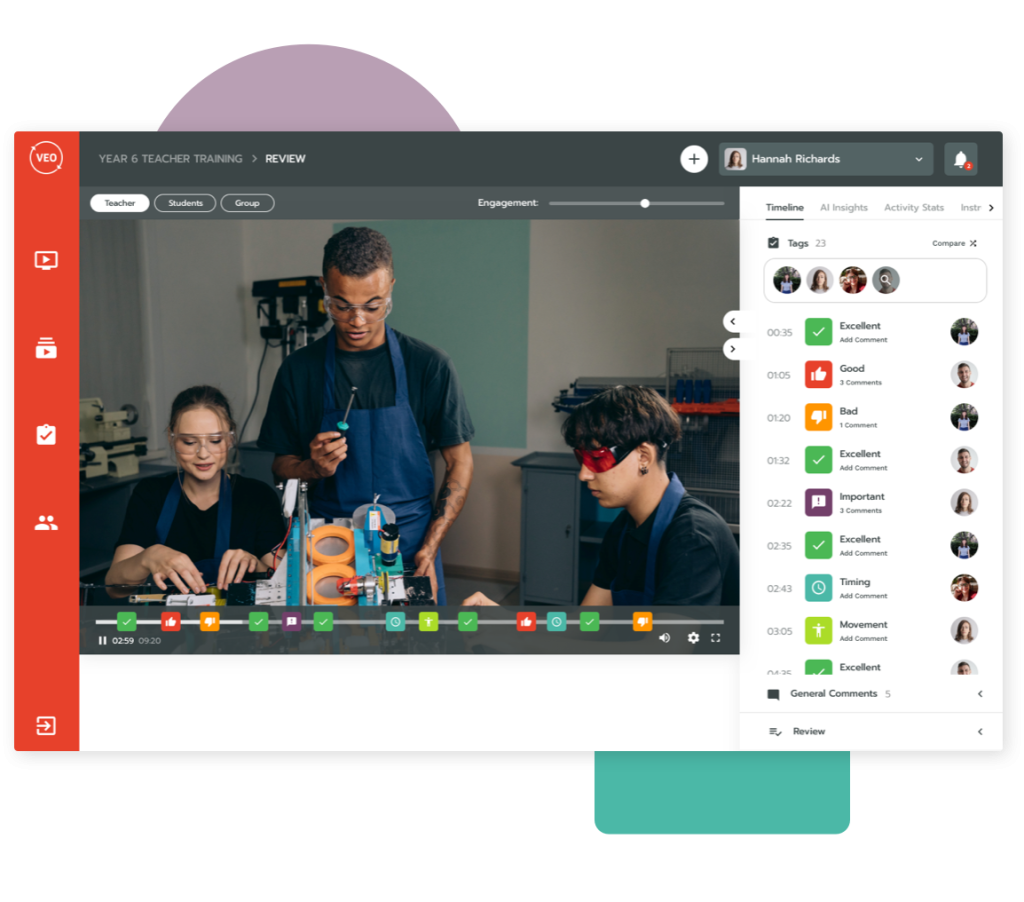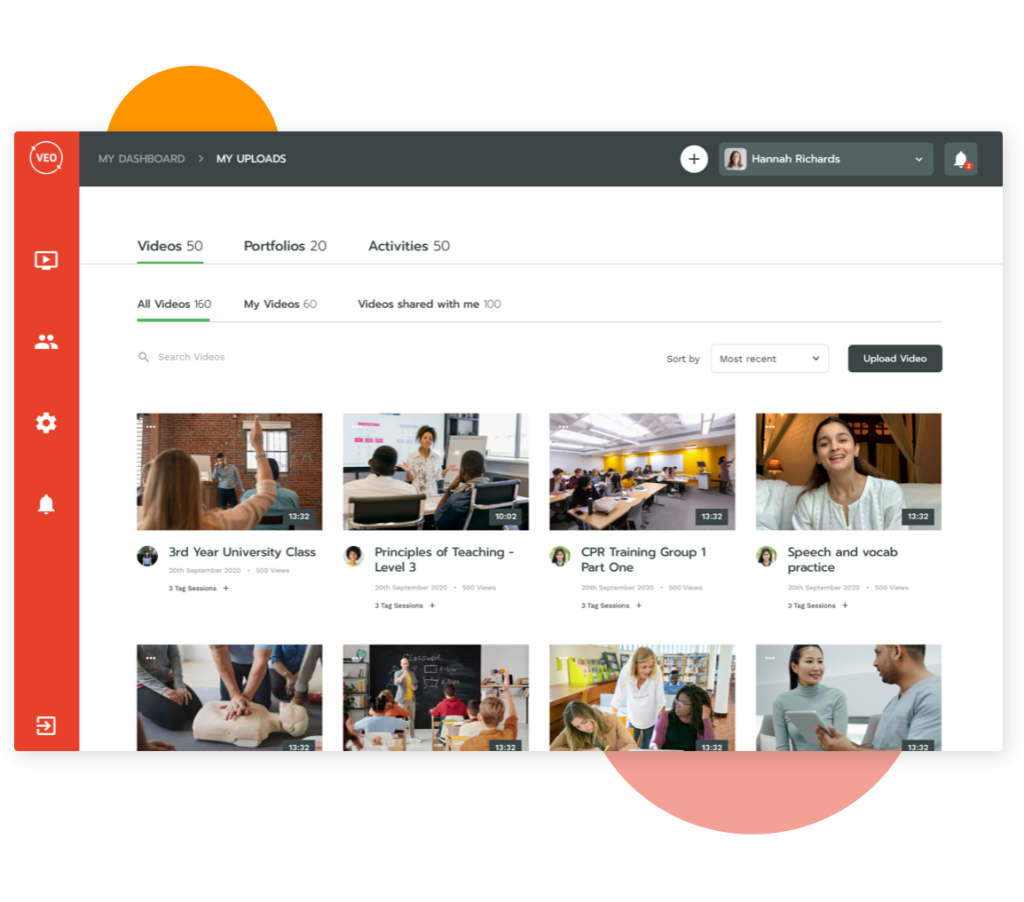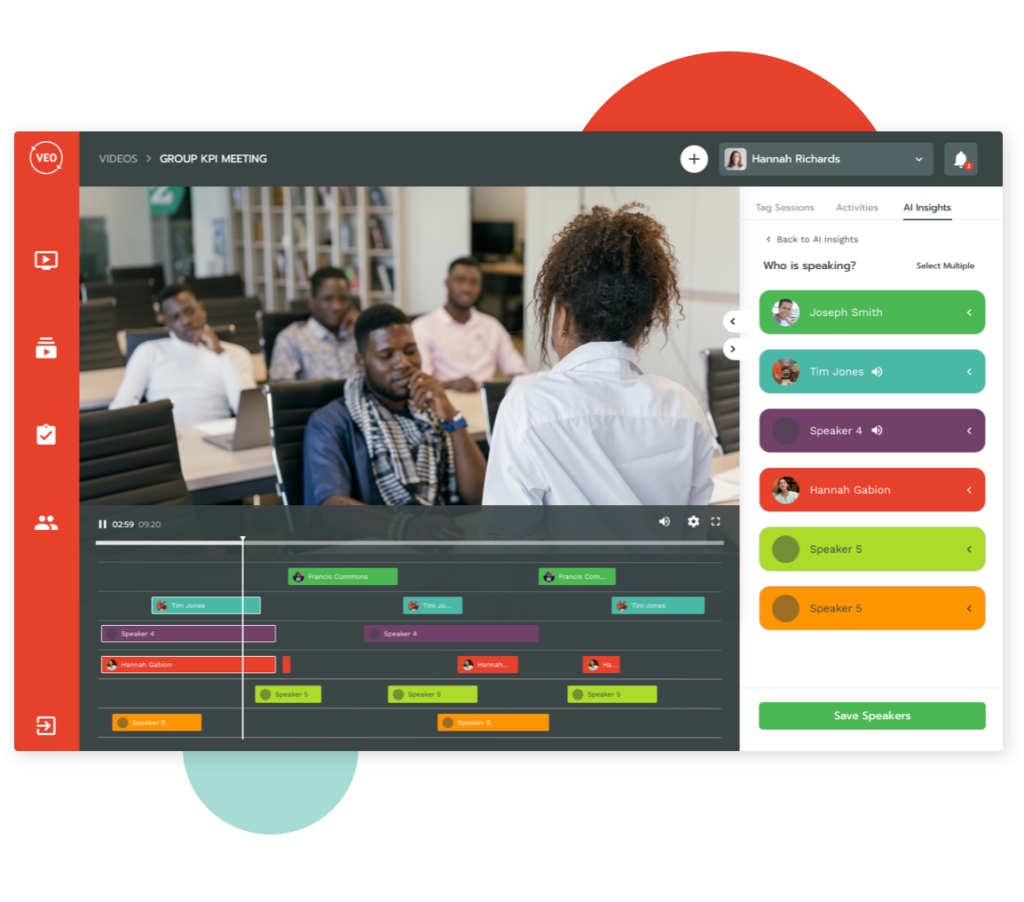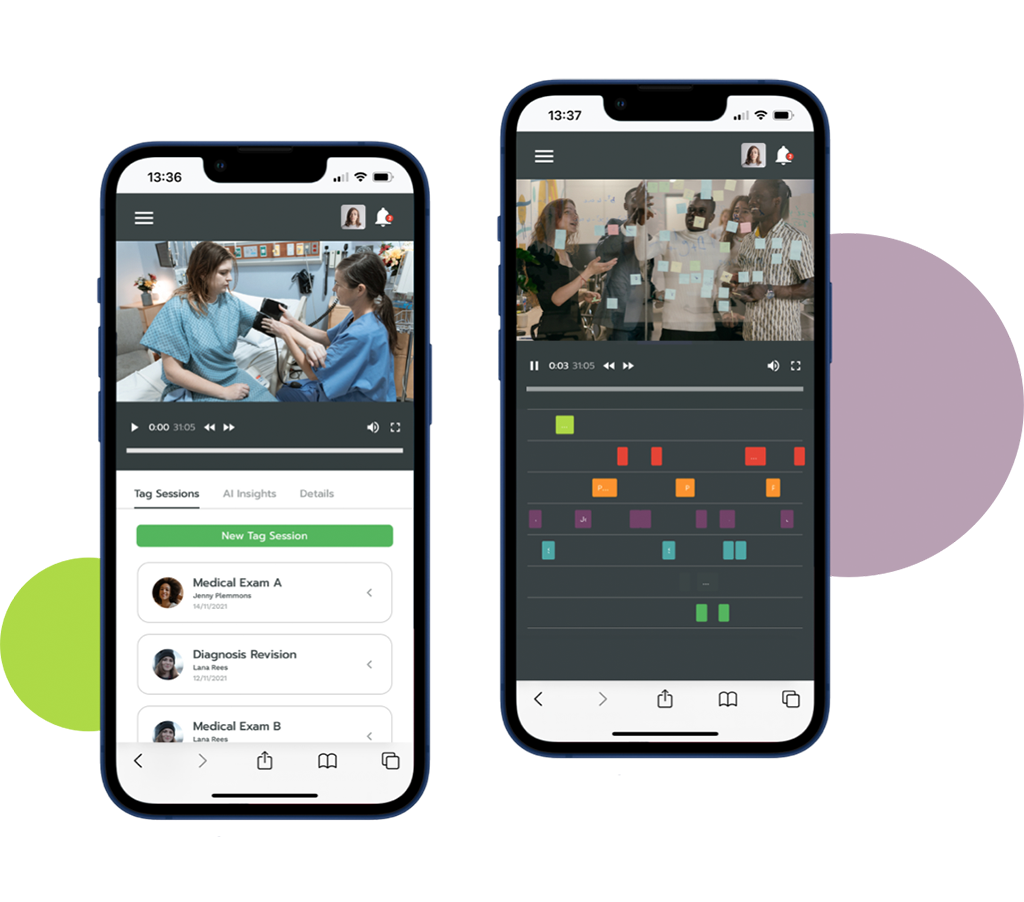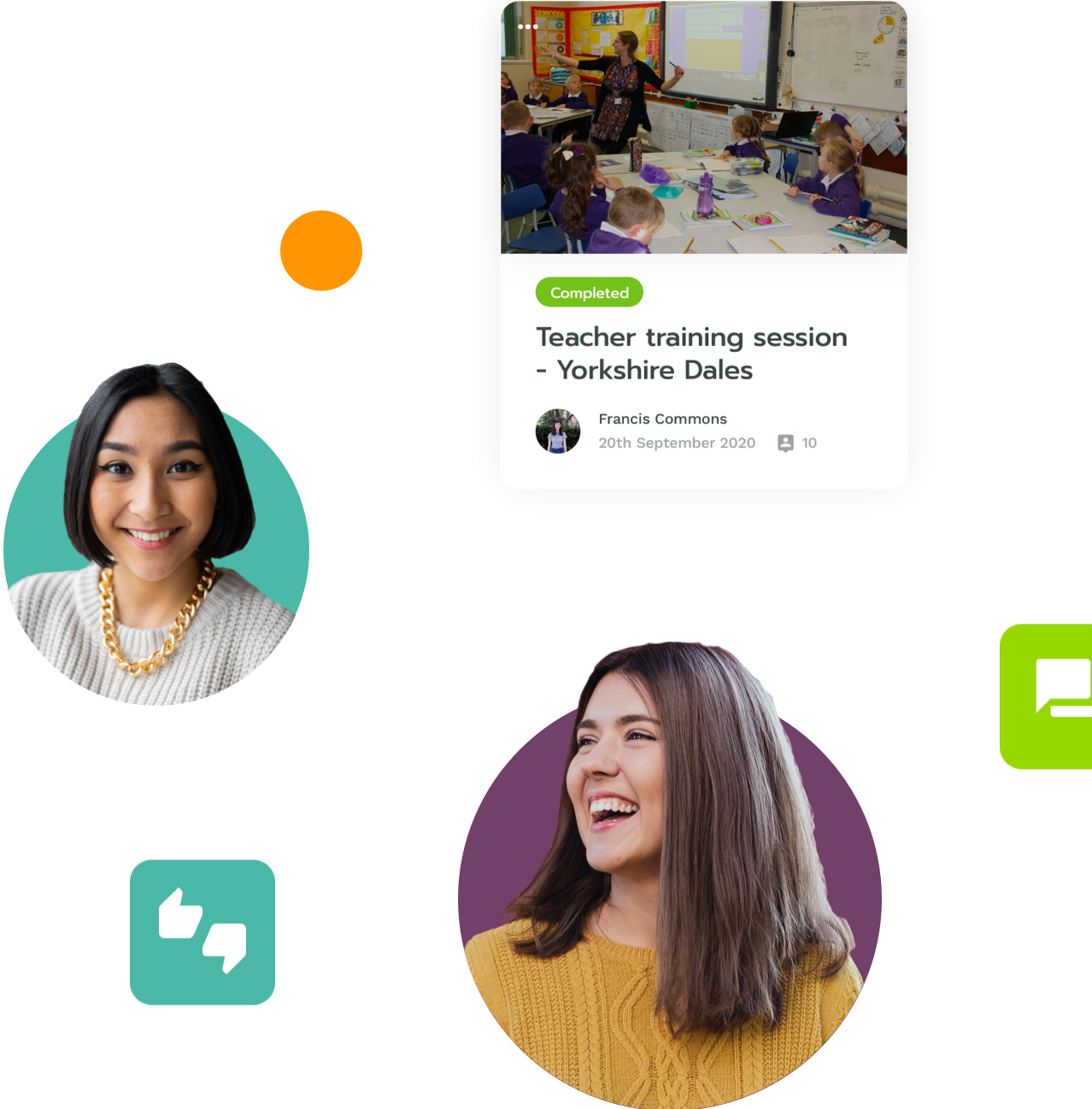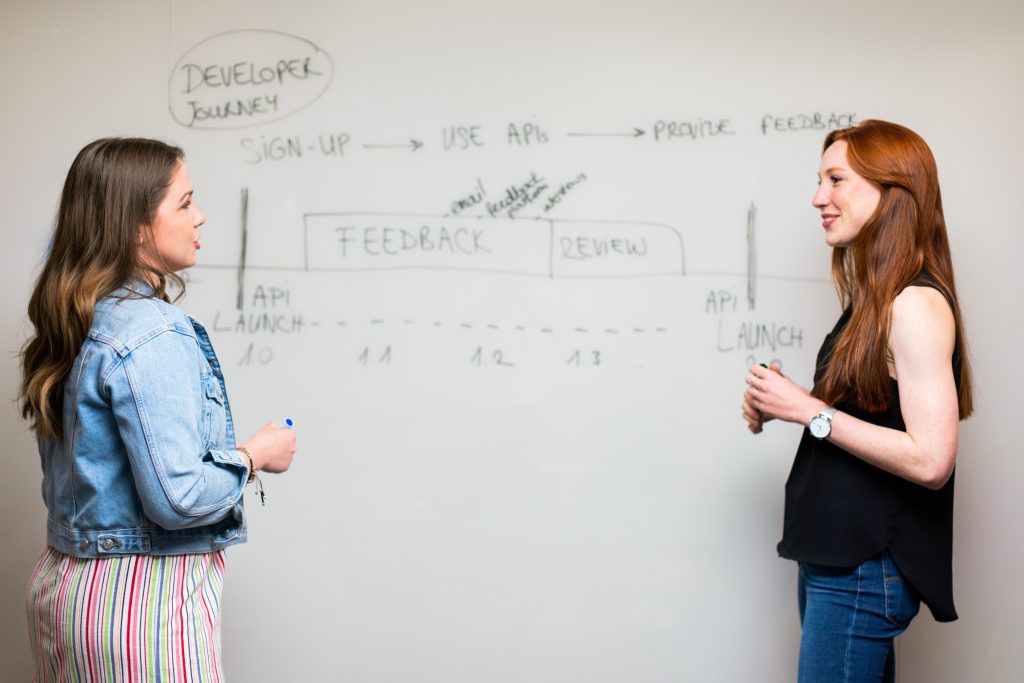Whether you’re a teacher, tutor, manager or coach, learning to give better instructions is one of the best lessons you can get.
On paper, giving instructions seems like an easy task. Just tell somebody what to do, and they do it…right? Well in truth, as anyone who has ever assembled IKEA furniture knows, instructions aren’t always straight forward. And when they’re bad, they can be incredibly frustrating.
While bad instructions can cause confusion, stress and demoralisation, great instructions can be incredibly empowering and motivating for those attempting to follow them. Whether you’re a teacher, tutor, manager or coach, learning to give better instructions is one of the best lessons you can get.
Repetition is Key
When giving instructions, we often assume that those we’re speaking to are as engaged as we are, which would be amazing, but sadly that isn’t always the case. In large groups, it’s hard to ensure that everybody is on the same page. Some people might be stuck on the last step, while others might have stopped paying attention completely. This is why repetition is an important part of giving better instructions. We’re not saying to repeat every single sentence, but revisiting key points and instructions throughout the process will help keep more people up to speed.
If you only have a short time to give instructions, and don’t have the time to repeat yourself, why not follow up your spoken instructions with a handy print-out, email or PowerPoint. That way, your learners can revisit any topics they might have struggled with.
Check in regularly
No matter how much you repeat yourself, some learners might still struggle to keep up. This is why it’s important to regularly check-in, to see if everyone is comprehending the instructions you’re giving. Ask “do you understand?”, “am I making sense to you”, “Is there anything you didn’t understand”.
When checking in, it’s important to be as polite and friendly as possible, as learners are less likely to speak up if they feel that they’re being an inconvenience. Which brings us onto our next tip.
Ask Questions, Don’t Demand
When you tell somebody to do something and when, they lose all sense of autonomy. Remember, you’re working with people, not robots! And people will respond much more happily to tasks when they are given flexibility. If you say to someone “Write this paper by the end of the day”, there is only one answer they can really give… “Yes”. No matter if they are already drowning in work, nobody wants to say a hard “No” to their boss.
However, by framing your instructions as questions, not only is it more polite, but you also offer a level of flexibility to the person you’re asking. If instead, you ask “Could you get this paper to me by the end of the day?”, you give them a chance to respond and explain any potential problems from their side.
Explain “Why”
When trying to motivate people to do what you ask of them, it is important for them to first know why they are being asked to do it. People are much more likely to pay attention and carry out a task when they can see the bigger picture.
In a workplace, Instead of saying “Can you do this report by Thursday”, try “Can you do this report by Thursday? I’m presenting to the board on Friday and I’d like to have a read over it before then.”
Or, if you’re teaching students, focus on what they will get out of the task. When students know why they’re doing something, and how it will help them to grow, they’re much more likely to cooperate.
Provide Visual Examples
They say a picture is worth a thousand words, so by that logic, a one-minute video is worth 1,440,000 words! So it’s no surprise that one of the best ways to help visualise instructions is through video.
Studies show that 65% of the population prefer visual stimulus for learning, which is why it’s important to give visual examples of best practice whenever possible. This is especially useful when giving instructions for the first time, as this is when learners are most likely to be confused.
The problem is, for some individuals, video alone is not engaging enough to hold their attention. Which is why we created VEO!
Through VEO, instructors can upload video guides to demonstrate the skills they’re teaching. They can then tag the video with key learning moments with step by step guidance to help others develop the skill for themselves.
Learners can then interact with and discuss the video using tags or comments. This helps them to showcase new skills and practices using the instructor’s examples.
Book a demo
To see VEO in action for yourself, simply get in touch to book a demo.
